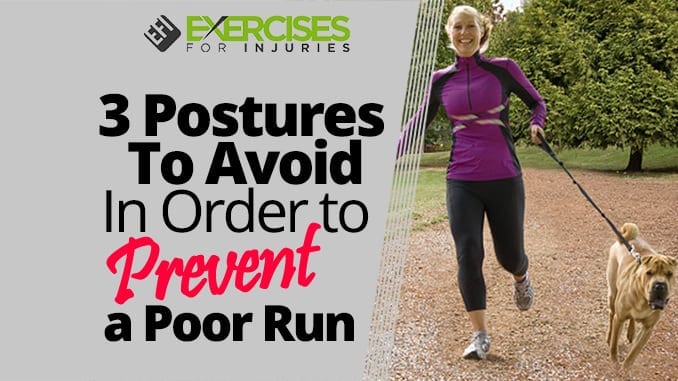Since 2008, I have written well over 700 articles for EFI. Even with those 700, I have about 84 in draft form and have yet to be published. This is one of them. I wrote it about two years ago.
I tweaked it a bit, but the points I highlighted are relevant now.
Enjoy.
Rick Kaselj, MS
Poor Run
I was out running with my dog and son yesterday, and if you’re a runner, you understand the feeling of a good run and a poor run.
Today was a poor run. I was feeling flat. I was feeling heavy, and I had to work when I was running.
If you’re a runner, you understand the feeling of a good run and a poor run. It feels great when you have a good run. Things are effortless. You’re out enjoying the outdoors. You’re having fun. And you’re exercising, and it’s a great experience.
It’s frustrating when you have a poor run, where you have to struggle through the run. It is painful. You have low energy, and your body feels heavy. You have to work to get through the run.
I wondered why I had such a poor run, so I looked back at my day and the day before to see if anything I might have done led to a poor run. I found three things I did during the day that led to a poor run.
All three things that I did relate to posture.
Let me share with you the tweaks I will make next time so I avoid a poor run.
1. Avoid Standing for Too Long
When you stand for a long period, all the muscles in your legs become activated.
This ends up fatiguing them even before you go for a run.
You want to try to decrease the long time you spend on your feet, especially on days you run.
Decreasing the long periods, you spend on your feet will decrease how much you work your legs.
If you get out of that standing position regularly, you put less stress on your legs, so your legs end up feeling fresher for when it’s time to run.
2. Minimize Driving
A lot of times, when you end up driving, it puts a lot of stress on the body. The body ends up in a position that tightens common muscles that affect running.
Driving for a long period ends up tightening the hip flexors, tightening the shins (tibialis anterior), and tightening the muscles in the hip, especially the external rotators (piriformis).
Driving to and from work is inevitable, but try to do your best to decrease how much Driving you do to prevent those muscles in the hip and ankle from tightening up and leading to a poor run.
3. Decrease How Many Sittings You Do
In most work settings, you are either having to stand or end up having to sit. With both of these postures, you want to minimize long stretches of both of them (especially on run days).
I did not mention earlier that both Driving and sitting lead to your mid-back stiffening up. Sitting for a long period ends up affecting a lot of the muscles that are involved in driving. It often leads to lots of thoracic spine decreases in movement, affecting your running, especially when you pick up the pace.
I hope those three tips on postures that help you prevent a poor run are helpful to you. Let’s quickly summarize. Try not to stand for a long period. Number two would be trying to minimize how much Driving you do, to prevent excess tightness in the hip flexors.
And then, number three would be to try not to sit for a long period because a lot of times, it will end up leading to the mid-back tightening up, which ends up affecting running, especially when you’re at high speeds of running.
Now have a great run.
I put together a program to balance out the body to help with running called Corrective Exercises for Running Injury-free. You can check it out here.
Rick Kaselj, MS

